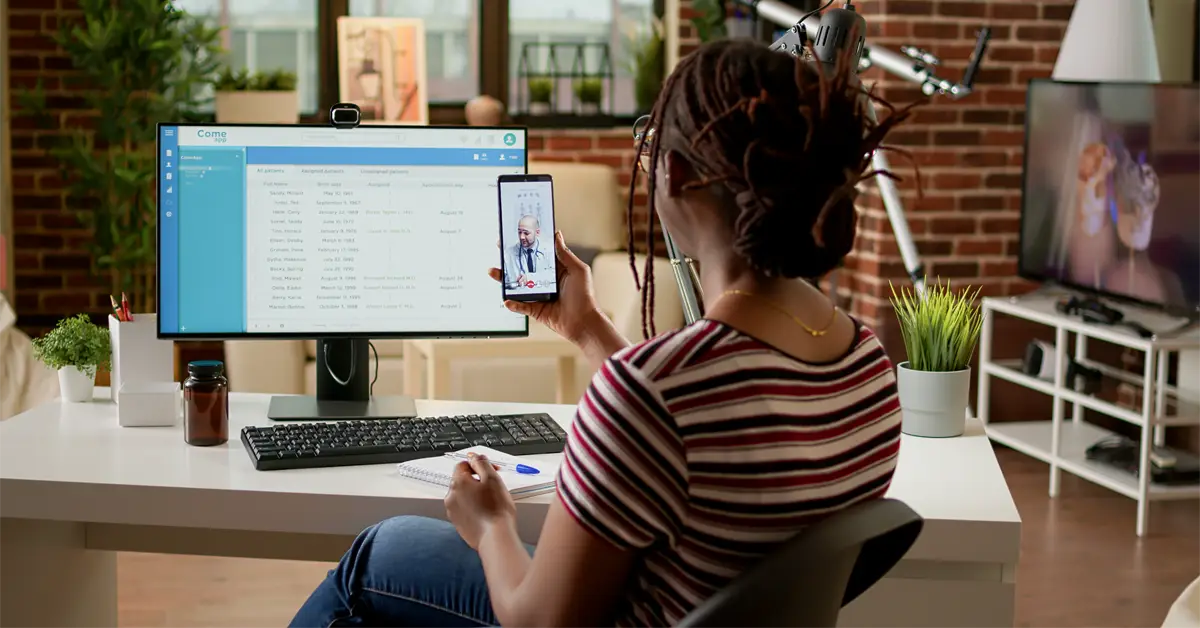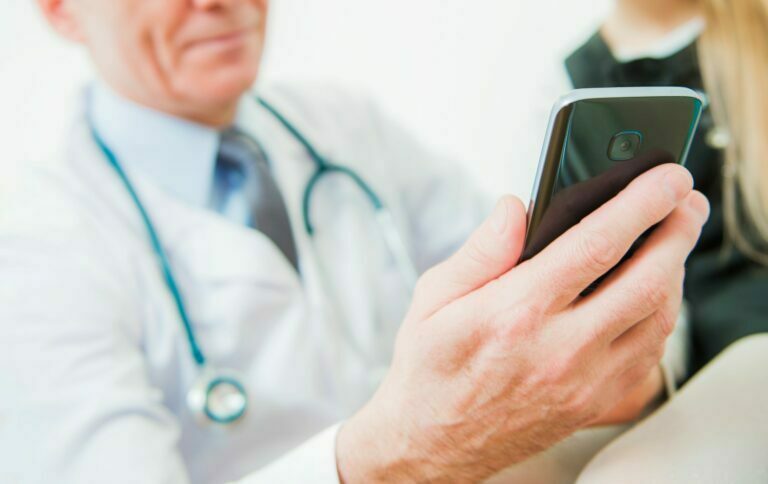The integration of remote care management (RCM) into healthcare delivery is becoming increasingly vital, particularly for patients with chronic conditions or ongoing health issues. RCM utilizes technology to provide healthcare services remotely, outside of traditional in-person visits. The advantages of RCM for both patients and healthcare providers (HCPs) are numerous, making it an increasingly popular option for healthcare delivery. The goal of this article is to examine the various tools and technologies available for RCM and to explore the most effective ways, including remote patient monitoring (RPM), to implement them for optimal patient outcomes.
Patient Benefits of Remote Care Management
The following are some of the benefits of RCM for patients:
- Enhanced involvement and communication with HCPs, leading to increased convenience and flexibility for patients.
- Greater access to health care services and the ability to communicate with HCPs more easily.
- Improved patient outcomes through the use of remote monitoring devices to track vital signs, allowing HCPs to monitor patients more closely and intervene early.
- Telemedicine, which allows patients to consult with HCPs remotely, can be particularly beneficial for patients in rural areas or for those who have mobility issues, as it eliminates the need for them to travel to see a HCP.
Healthcare Provider Benefits of Remote Care Management
Here are some of the benefits of remote care management programs to HCPs:
- Increased productivity: RCM allows providers to see more patients in a shorter amount of time, leading to increased revenue.
- Lower costs: RCM can reduce costs associated with in-person visits by allowing patients to be monitored remotely.
- More individualized attention: RCM can enhance patient monitoring and management, allowing HCPs to deliver more personalized care.
- Early intervention: HCPs can use remote monitoring devices to track patient’s vital signs, such as blood pressure and heart rate, and intervene early if there are any signs of deterioration in their health.
- Improved patient outcomes: RCM can lead to better patient outcomes through the use of electronic health records (EHR) and data management systems, which allow HCPs to access and share patient information electronically, improving coordination and collaboration between HCPs.
Types of RCM Tools and Technologies
There are several types of RCM tools and technologies available, including telehealth, remote monitoring devices, mobile health apps, and EHR and data management systems.
Telehealth, also known as telemedicine, utilizes technology such as video conferencing to provide patients with remote healthcare services. This can greatly benefit patients in rural areas or those with mobility issues, as they can receive care without needing to travel to see an HCP.
Remote patient monitoring (RPM) devices, such as wearables or sensors, allow HCPs to closely track patients’ vital signs, such as blood pressure and heart rate. This helps HCPs to intervene early if there are any signs of deterioration in patients’ health.
Mobile health apps can be used to provide patients with information about their health, connect them with HCPs, and track symptoms, medication adherence, and appointment reminders.
EHR and data management systems allow HCPs to access and share patient information electronically, which can help patients receive more personalized care and improve coordination among HCPs.
Implementing Remote Care Management
Implementing remote care programs can seem daunting, but with the right approach and methodology, it can be done successfully and efficiently. The first step is to identify the specific needs of your patients and HCPs and determine how RCM can best meet those needs. This may involve conducting a needs assessment or surveying patients and HCPs to gather feedback.
Once the specific needs have been identified, it’s important to select the appropriate tools and technologies to meet those needs. The selection process may involve researching different options, such as telemedicine, remote monitoring devices, mobile health apps, and EHR and data management systems. It’s important to select tools and technologies that are easy to use and integrate with existing systems.
It’s also important to provide training and support for both patients and HCPs on how to use the tools and technologies. This may involve providing training sessions, creating user guides, or providing a help desk for support.
Finally, it’s essential to monitor and evaluate the effectiveness of the RCM system. Evaluation may involve conducting regular surveys or focus groups, tracking patient outcomes, or analyzing data. The feedback this can provide may be used to make improvements and optimize the system for maximum patient outcomes.
Best Practices for Remote Care Management
There are several best practices for RCM that can help optimize patient outcomes. These include:
- Providing clear and consistent communication with patients and HCPs
- Ensuring privacy and security of patient information
- Regularly monitoring and evaluating the effectiveness of the RCM system
- Providing training and support for patients and HCPs on how to use the tools and technologies
- Continuously seeking feedback and making improvements based on that feedback
Integration of Remote Patient Monitoring and Remote Care Management
The DrKumo RPM system seamlessly integrates with remote care management (RCM) to provide healthcare professionals with a comprehensive approach to managing chronic conditions, post-surgery recovery, and home-based hospital care. The DrKumo RPM system is compliant with HIPAA regulations, can be accessed through mobile devices, and offers real-time monitoring and utilizes AI/ML technology to improve patient outcomes and decrease readmission rates. By integrating RPM and RCM, healthcare professionals can collect and transmit patient data in real-time, allowing for more frequent and personalized care. This data may include vital signs, symptoms, and other important health-related information.
DrKumo’s user-friendly tools and technologies are designed to support RPM and RCM and integrate seamlessly with existing systems. The company also provides training and support for both patients and healthcare professionals to ensure successful implementation and use of their services. With the integration of RPM and RCM, DrKumo’s services can help healthcare professionals enhance patient engagement and adherence to treatment plans, leading to better patient outcomes and improved chronic care management. Whether you’re a small clinic or a large hospital, DrKumo’s integration of RPM with RCM services can provide increased convenience and flexibility for your providers and help patients manage their health remotely.
Conclusion
RCM is rapidly becoming an essential component of health care delivery, providing numerous advantages for both patients and HCPs. By providing health care services remotely, patients have greater access to health care services and can communicate with their HCPs more easily, leading to increased convenience and flexibility. RCM can also maximize patient outcomes by providing patients with more frequent and personalized care. It is important to identify the specific needs of your patients and HCPs, select the appropriate tools and technologies, provide training and support, and continuously monitor and evaluate the effectiveness of the RCM system.
Take the next step towards optimizing patient outcomes with remote care management services and RPM. Contact DrKumo today and learn more about their RPM solutions that can assist in remote care management.








